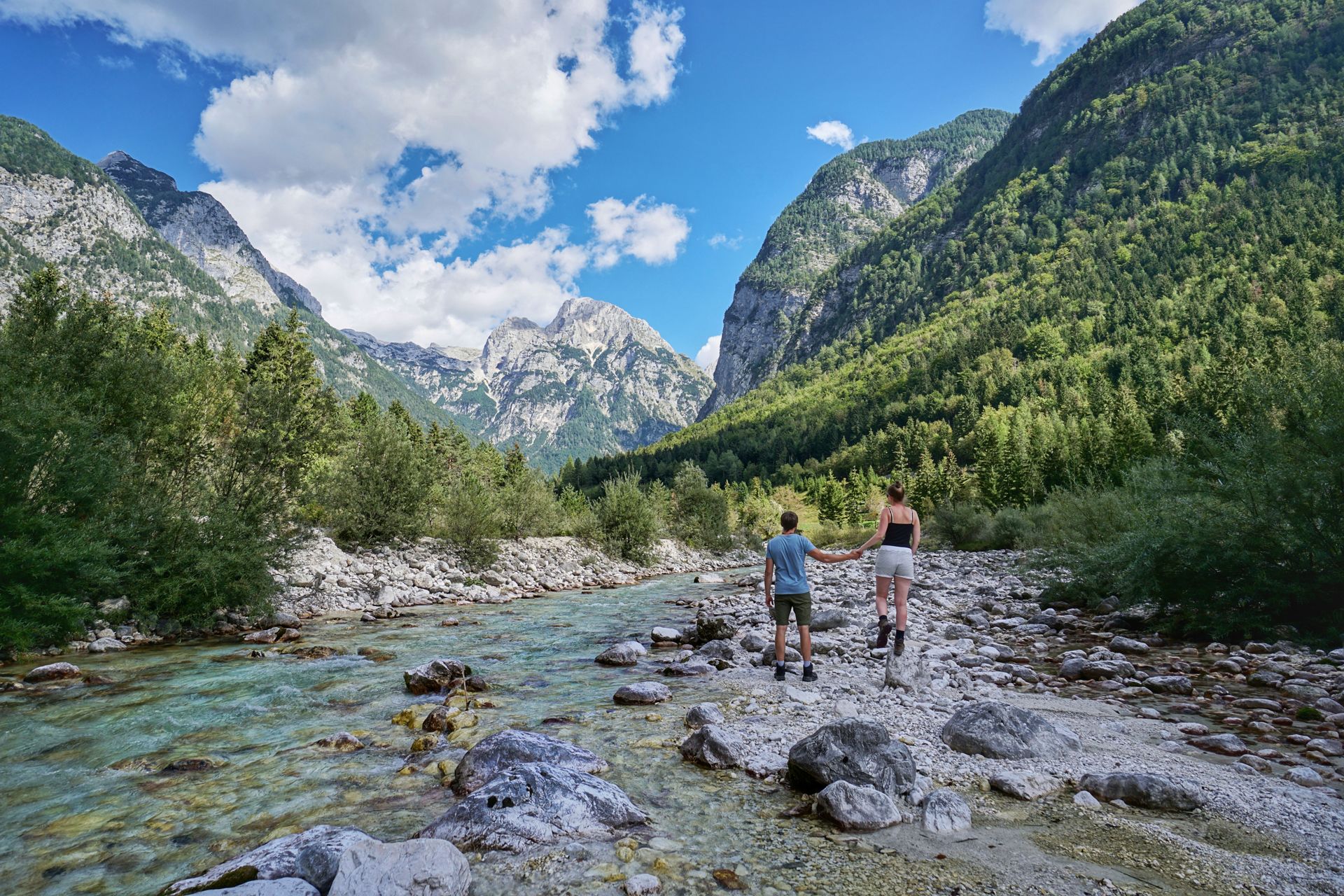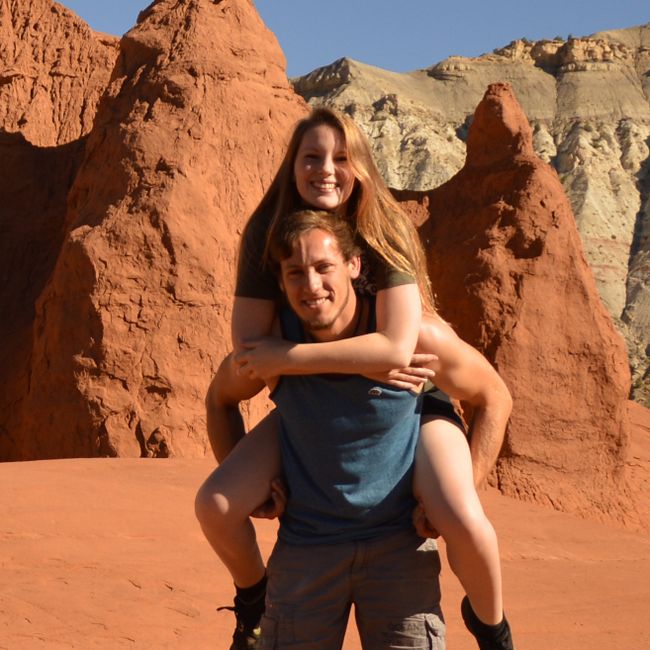5. Stop: New Zealand, Part 2: BBB (Bilbo, Beaches and Bubbles)
Opublikowany: 25.03.2019
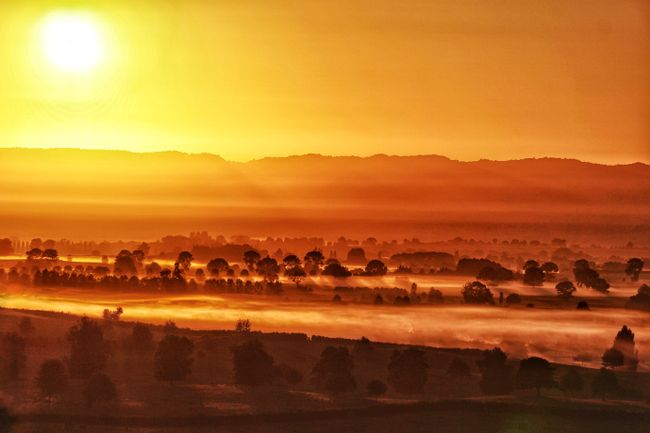
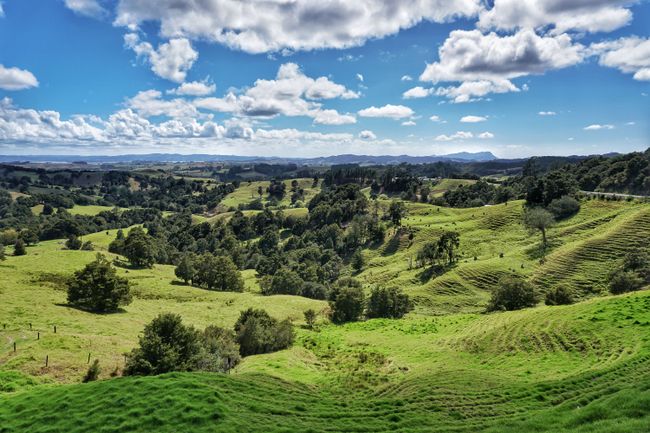
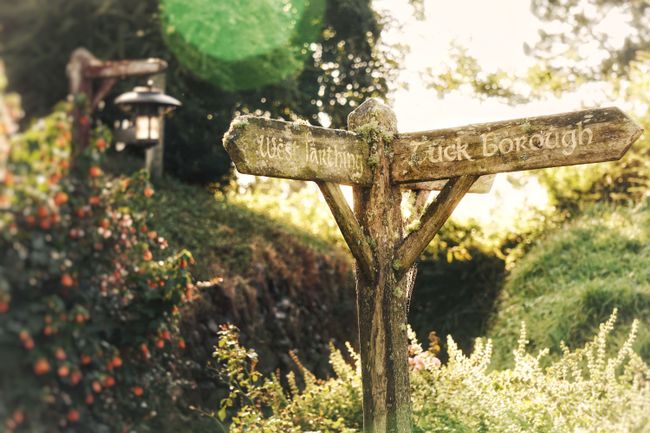
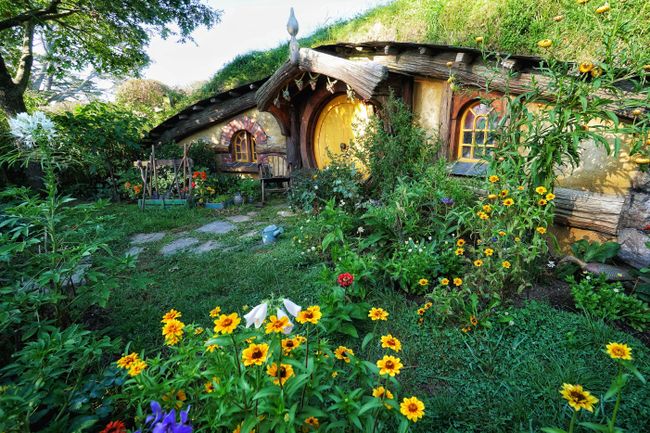
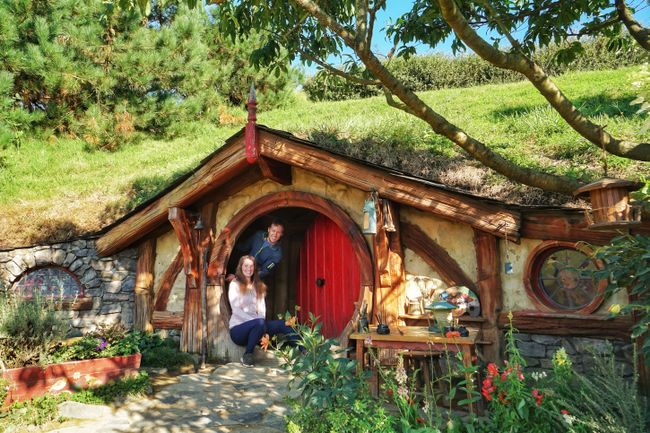
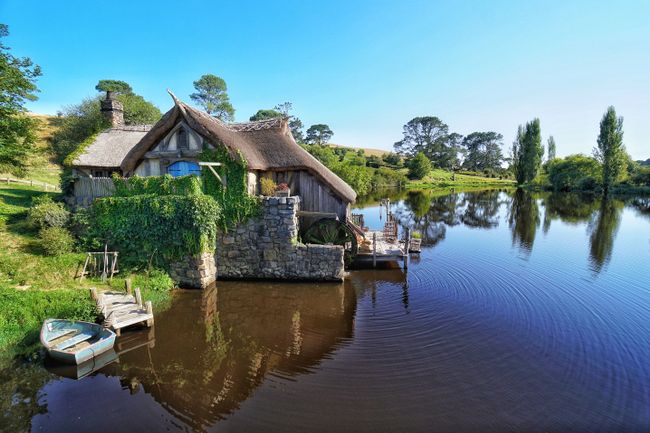
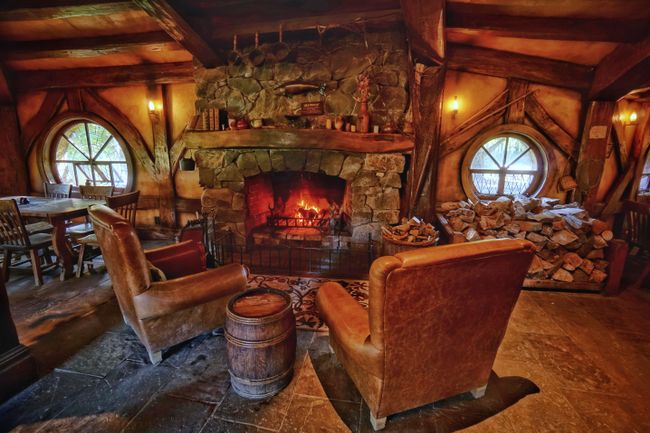
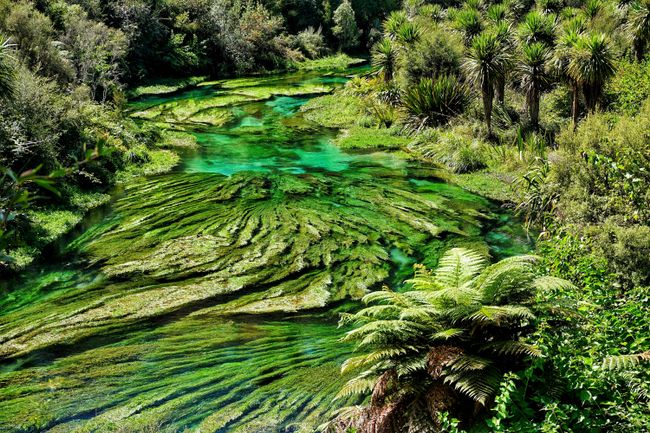
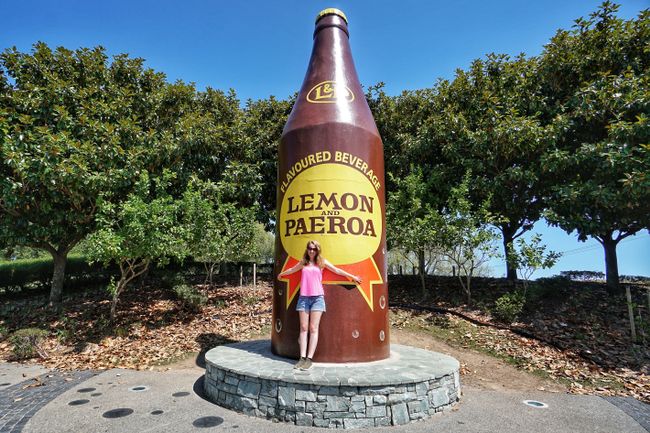

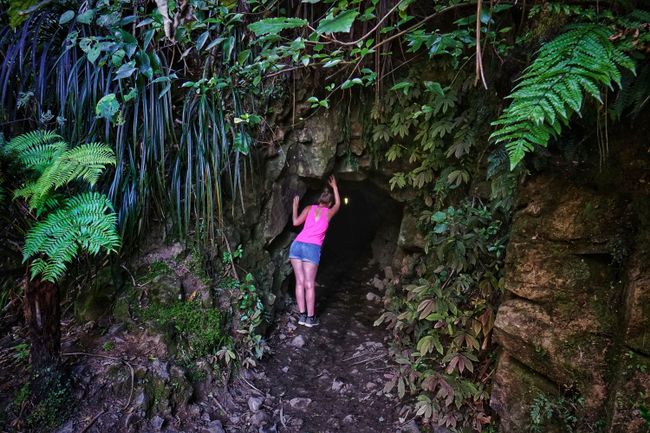
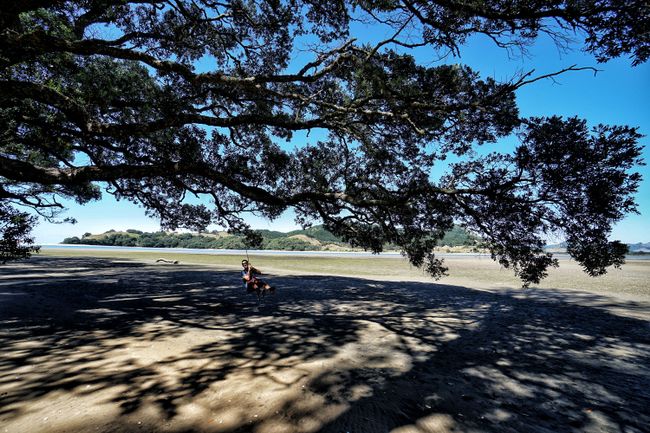
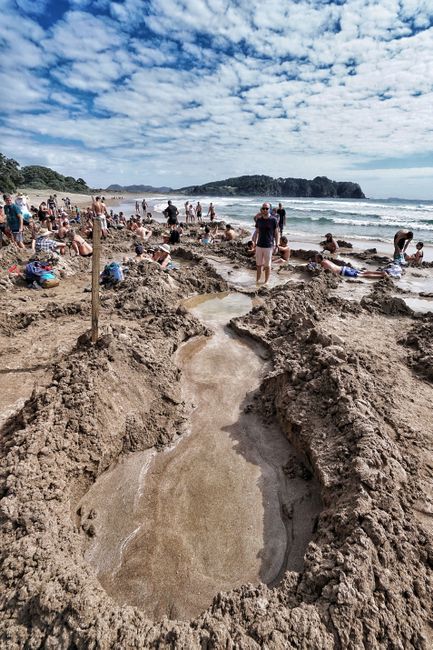
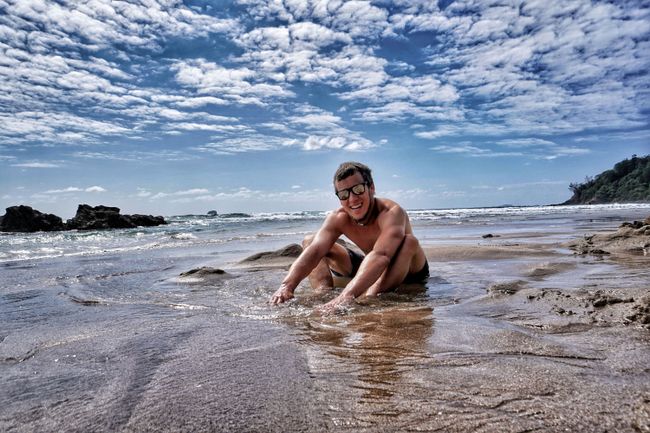
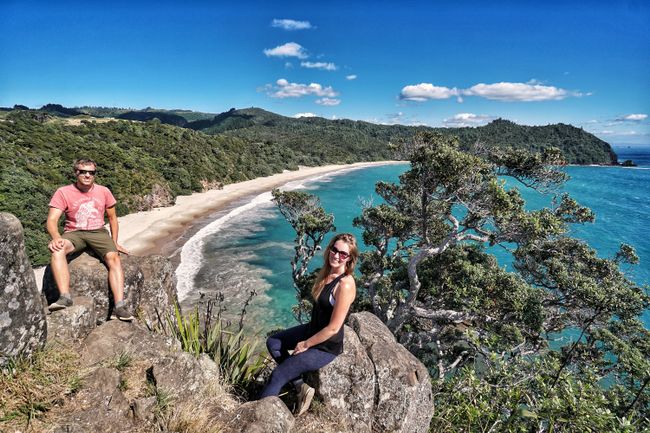
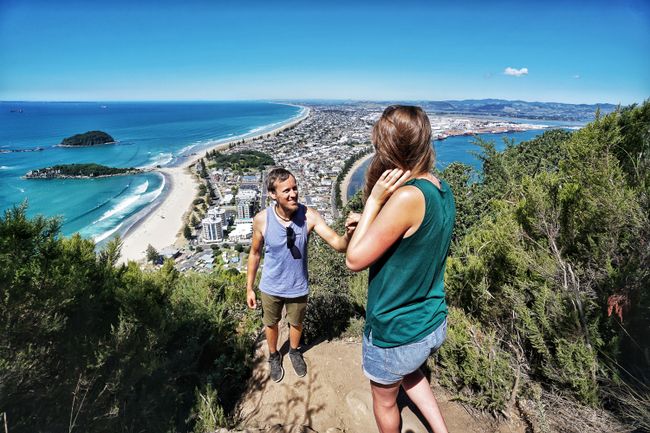
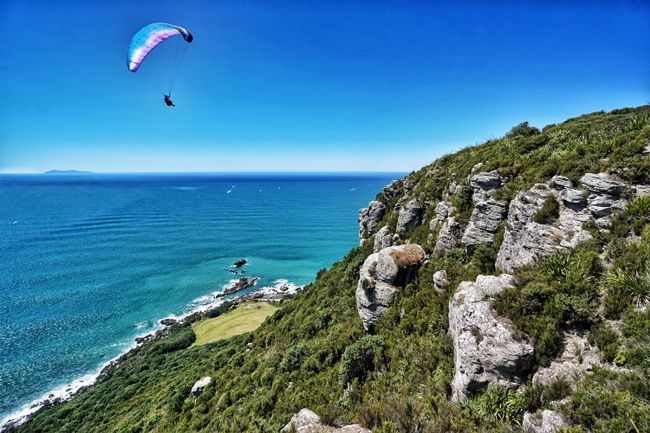
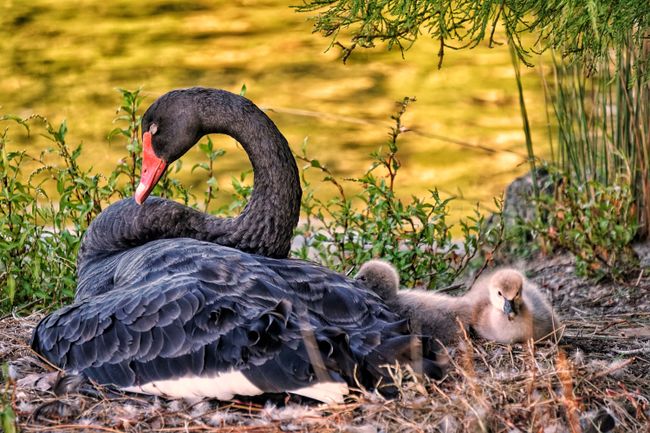
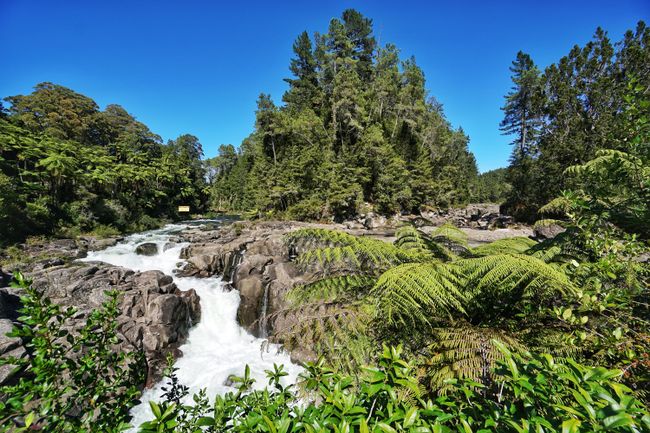
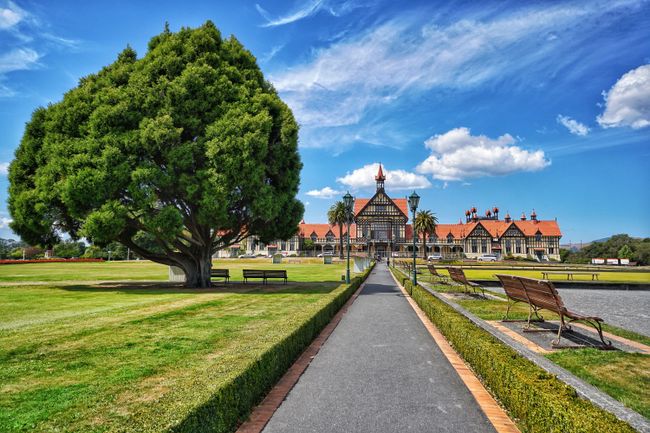
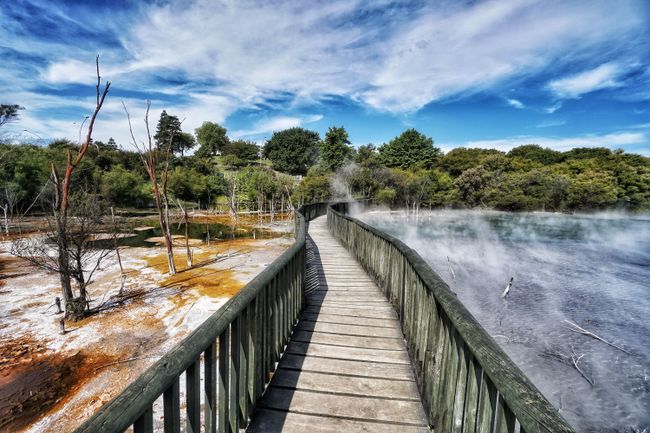
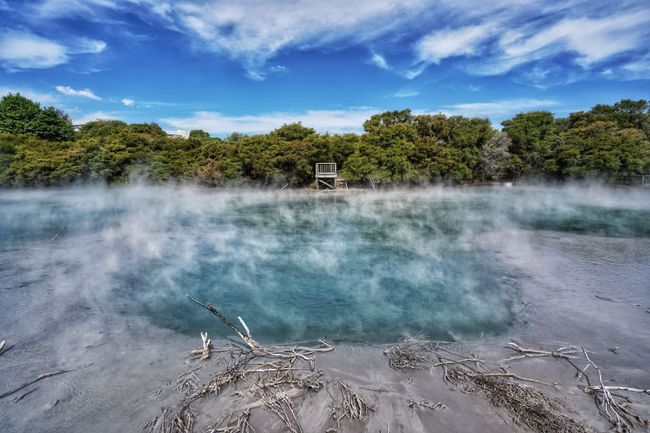
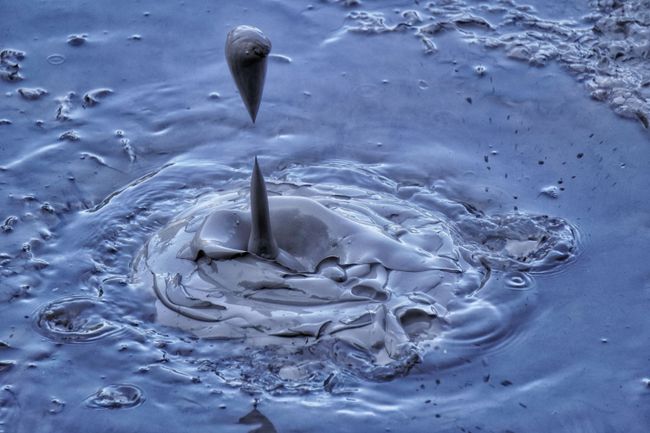
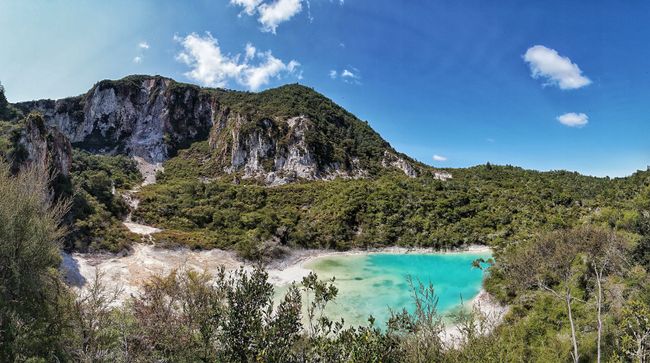
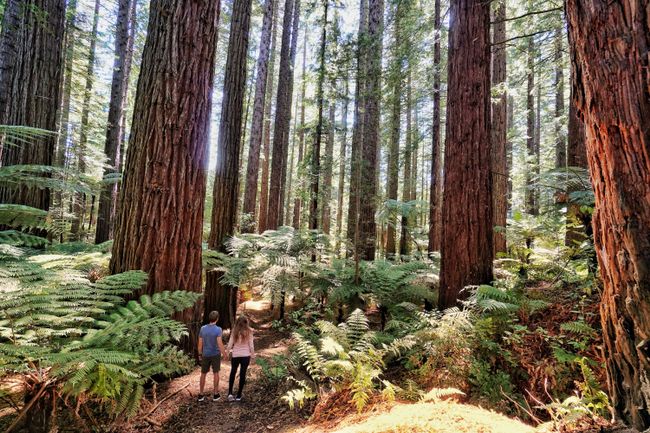
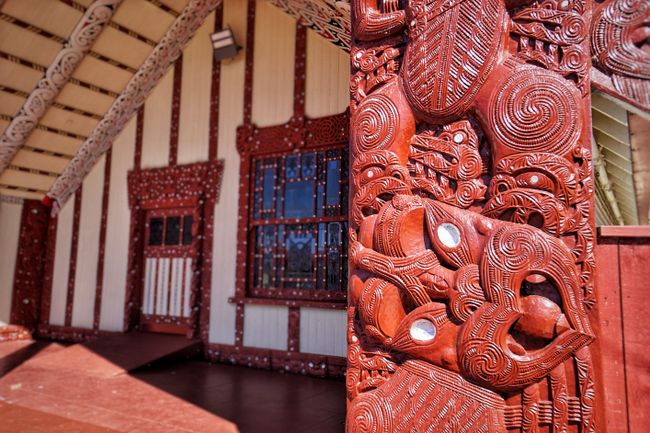
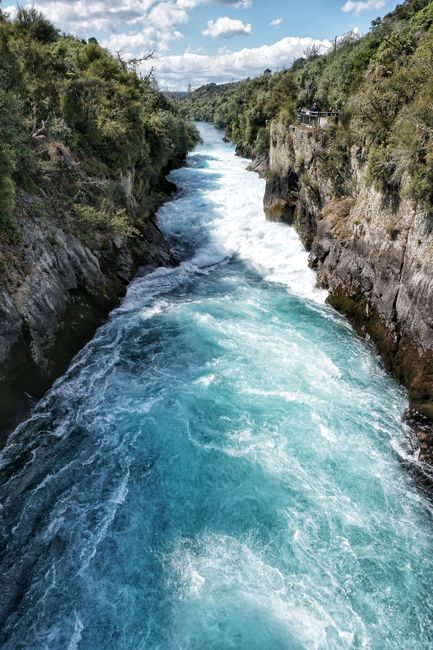
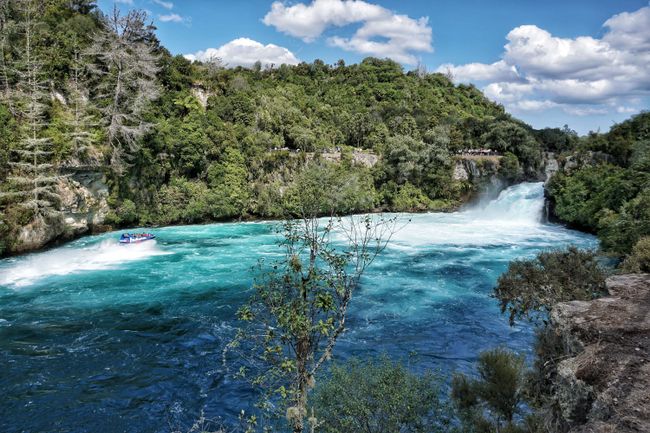
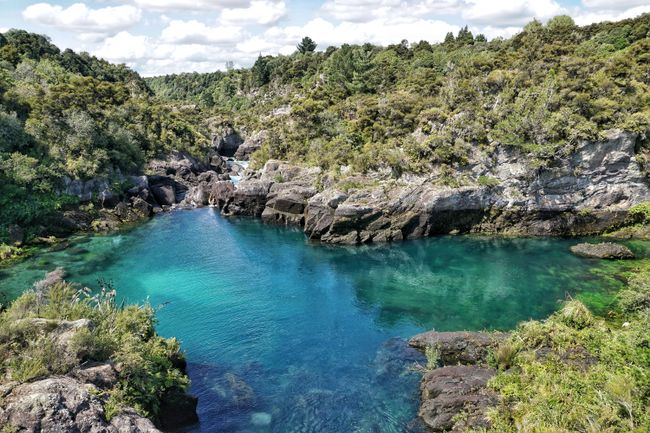
Zapisz się do newslettera
At the beginning: Who or what is Bilbo? Some, if very few of you, will probably ask yourself this when you see the title. Don't worry, Natalie was also one of these people before we drove to Bilbo's home. The answer: Bilbo is a main character from the books and movies "The Lord of the Rings" and a hobbit, the small and likable little people around whom the movies revolve. Hobbits live, as you might expect, in Hobbiton and since the film set of Hobbiton is located in the Waikato District in New Zealand and Jan is a big fan of the movies, we had to take a closer look. So we drove through the currently rather brown hills of New Zealand, because due to the hot summer, the grass has dried up everywhere, to Matamata and started our tour through the sets early in the morning. However, "sets" is probably the wrong word for it, because what we were not aware of is that the entire village of the hobbits exists exactly as shown in the film. The houses, the mill, the bar, the lake, the trees, everything is still there and has been built into the landscape in such a way that it will probably exist for a long time. Here we also had the rare pleasure of seeing the famous green hills of New Zealand. We owe these green hills, in which the hobbit houses are built, to a team of gardeners who take care all year round to make the film set look as authentic as possible. This includes watering meadows, planting vegetable gardens, and lovingly caring for apple trees and flowers. However, for the filming, tricks were often used at this point, and our very entertaining tour guide told us that, among other things, all the leaves and fruits were removed from all the apple trees and replaced with artificial ones, so that the trees always looked the same. Shocking effort, considering that these trees are only shown in the movies for about 4.5 seconds. Thanks to the hard work of the gardeners these days, everything looks really lively and you almost expect a little hobbit to come around the corner and smile cunningly at you at any moment. In keeping with this, our tour guide told us that visitors have actually been disappointed and asked her where the hobbits actually were, and they were very shocked when she explained to them that hobbits do not exist. At the end of the tour through the village and past many little "hobbit holes," everyone was allowed to feel like a hobbit for once and treat themselves to a beer at the Green Dragon, the inn from the movies, and sit in old armchairs by the fireplace. Overall, a great experience, whether you are a fan of the movies or not.
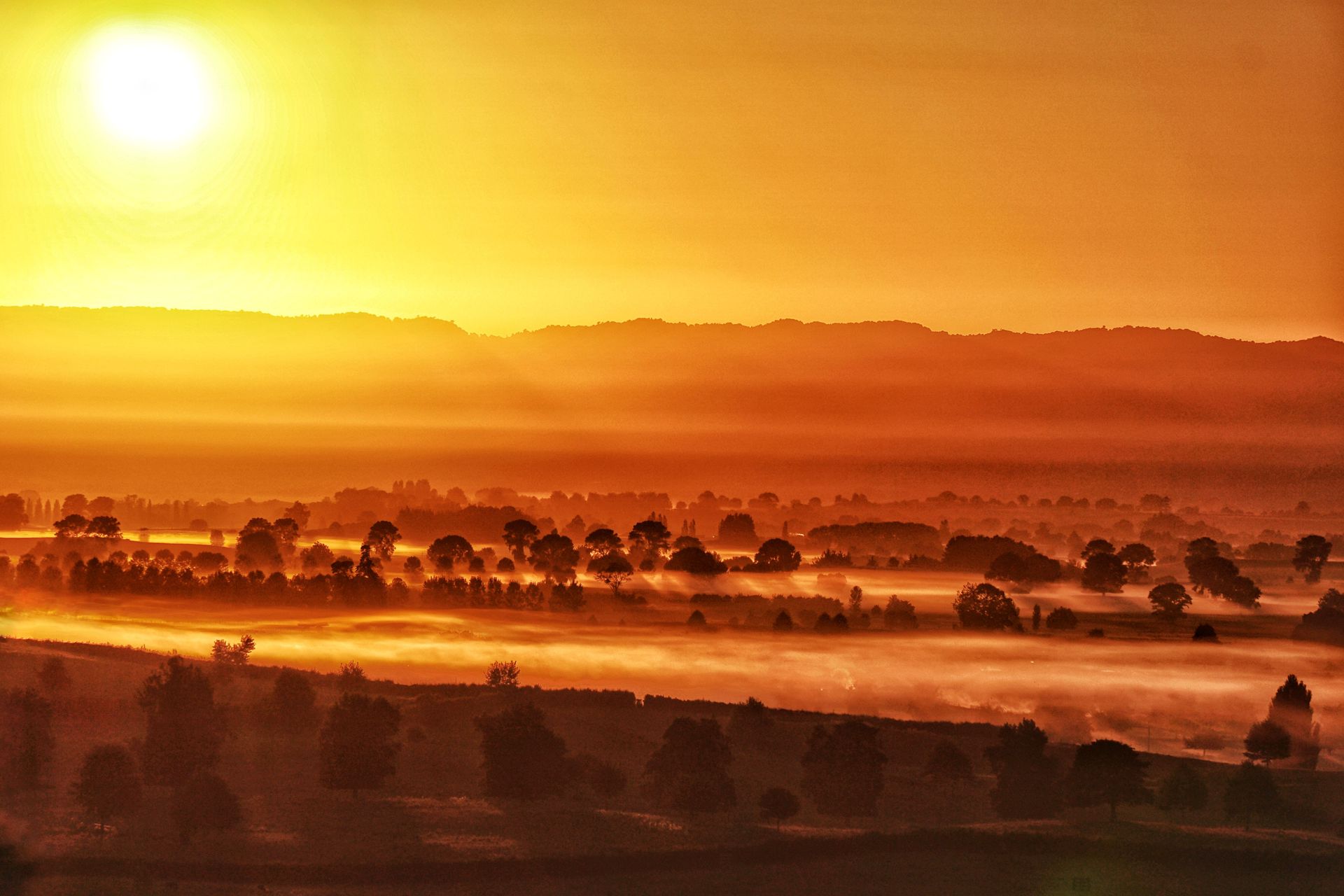

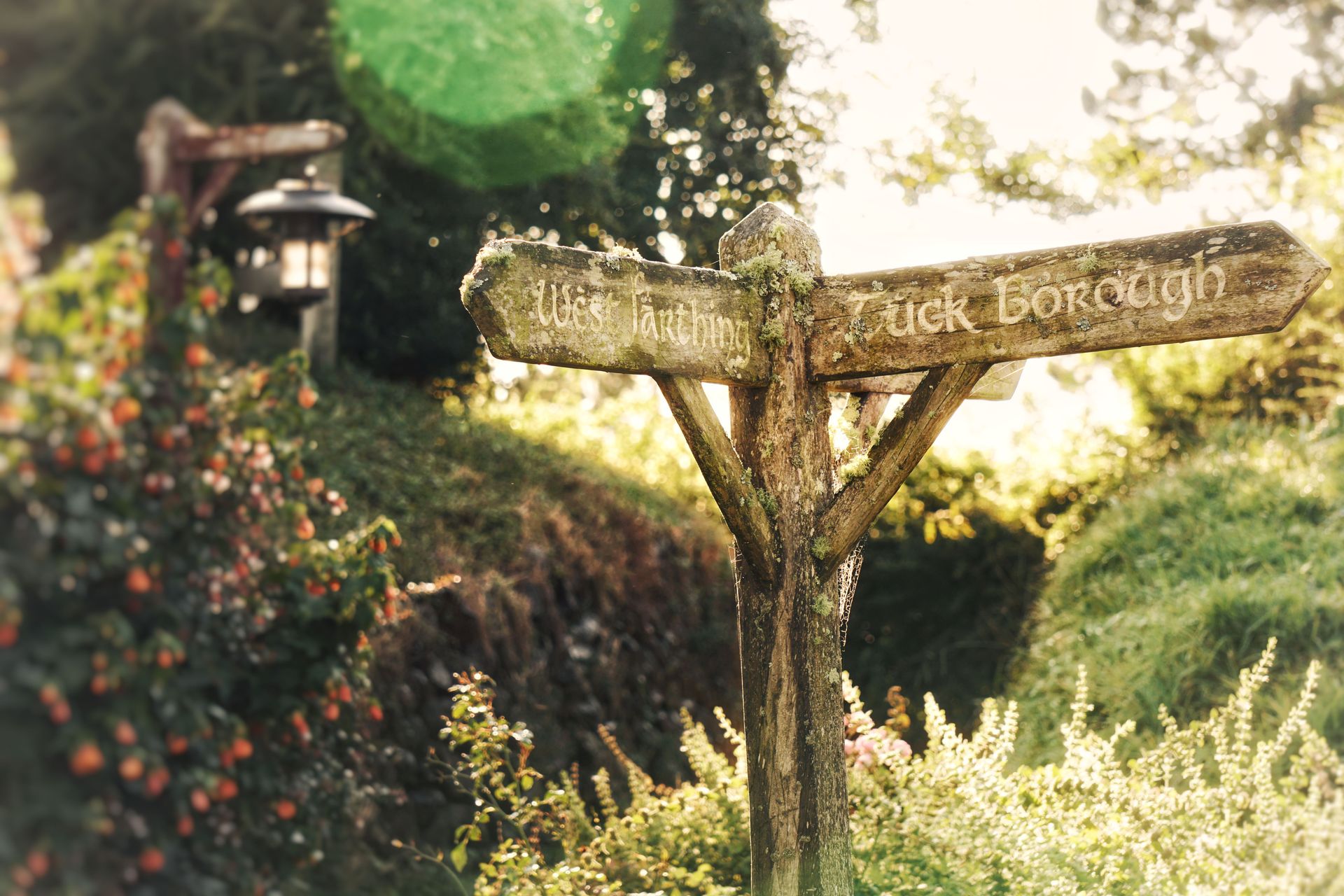
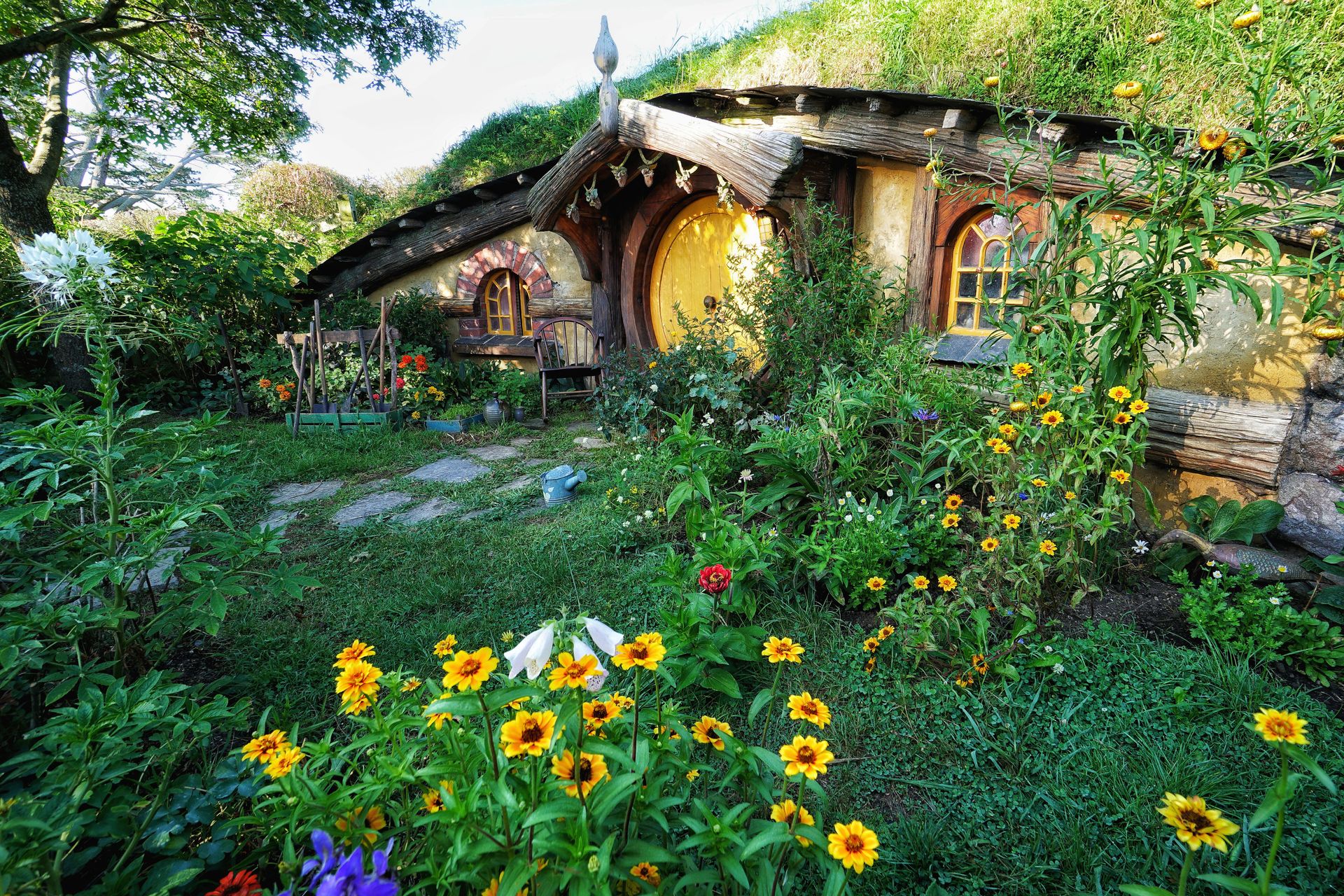
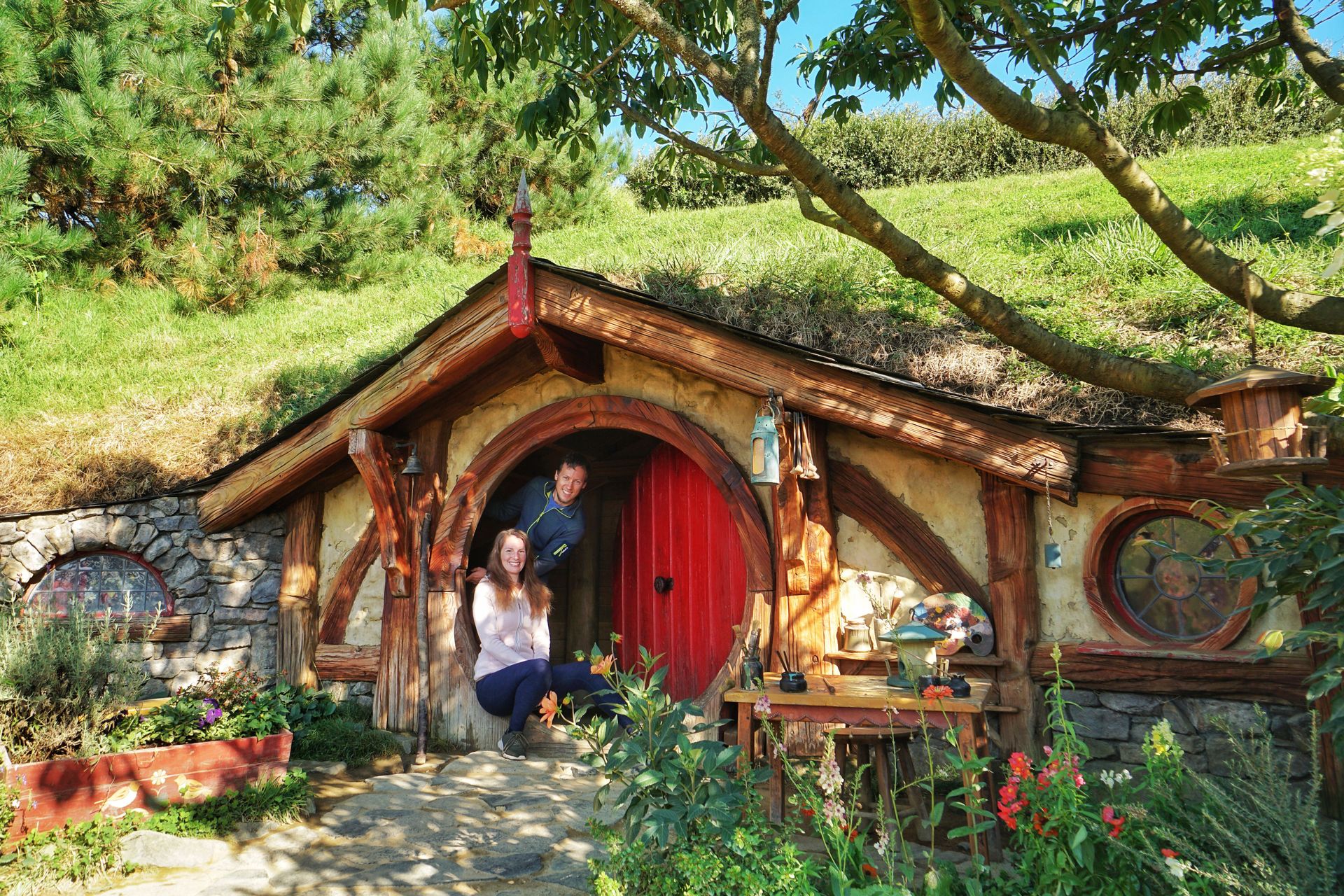
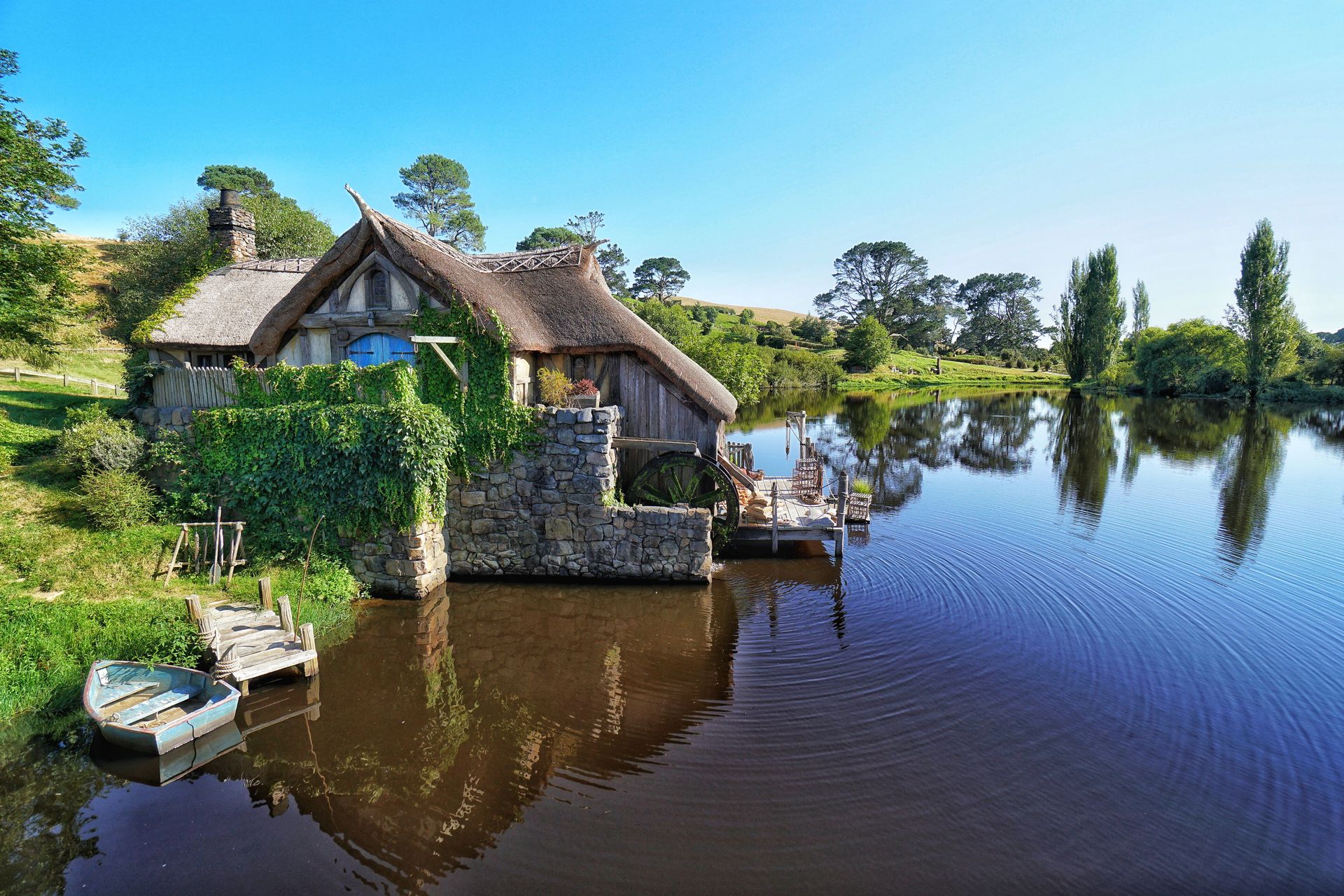
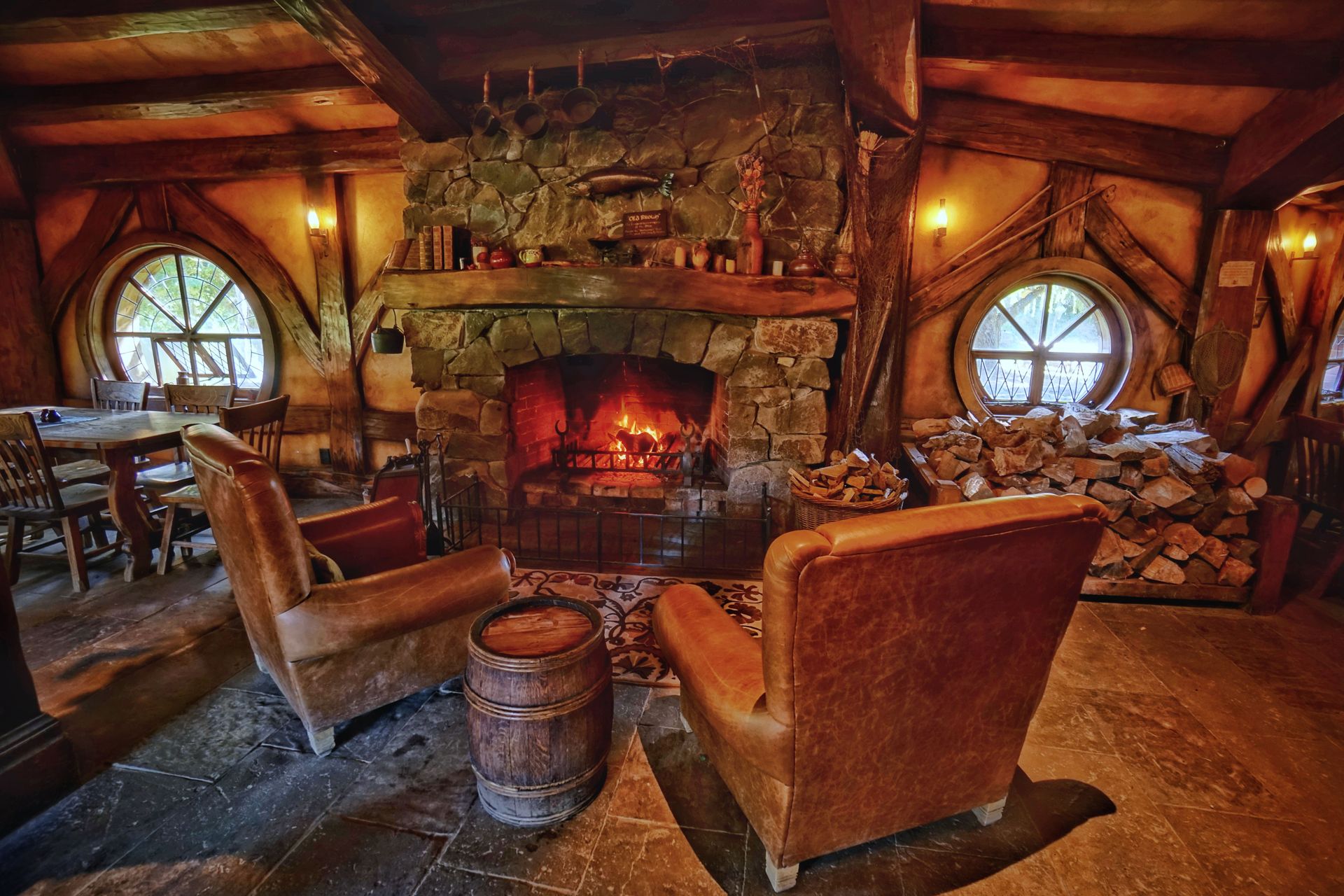
Next, we headed towards the Coromandel Peninsula, one of our favorite places in New Zealand. However, we still had some things to do on the way there: So, we walked to the crystal-clear Putaruru Blue Springs, from which 70% of New Zealand's drinking water is bottled.
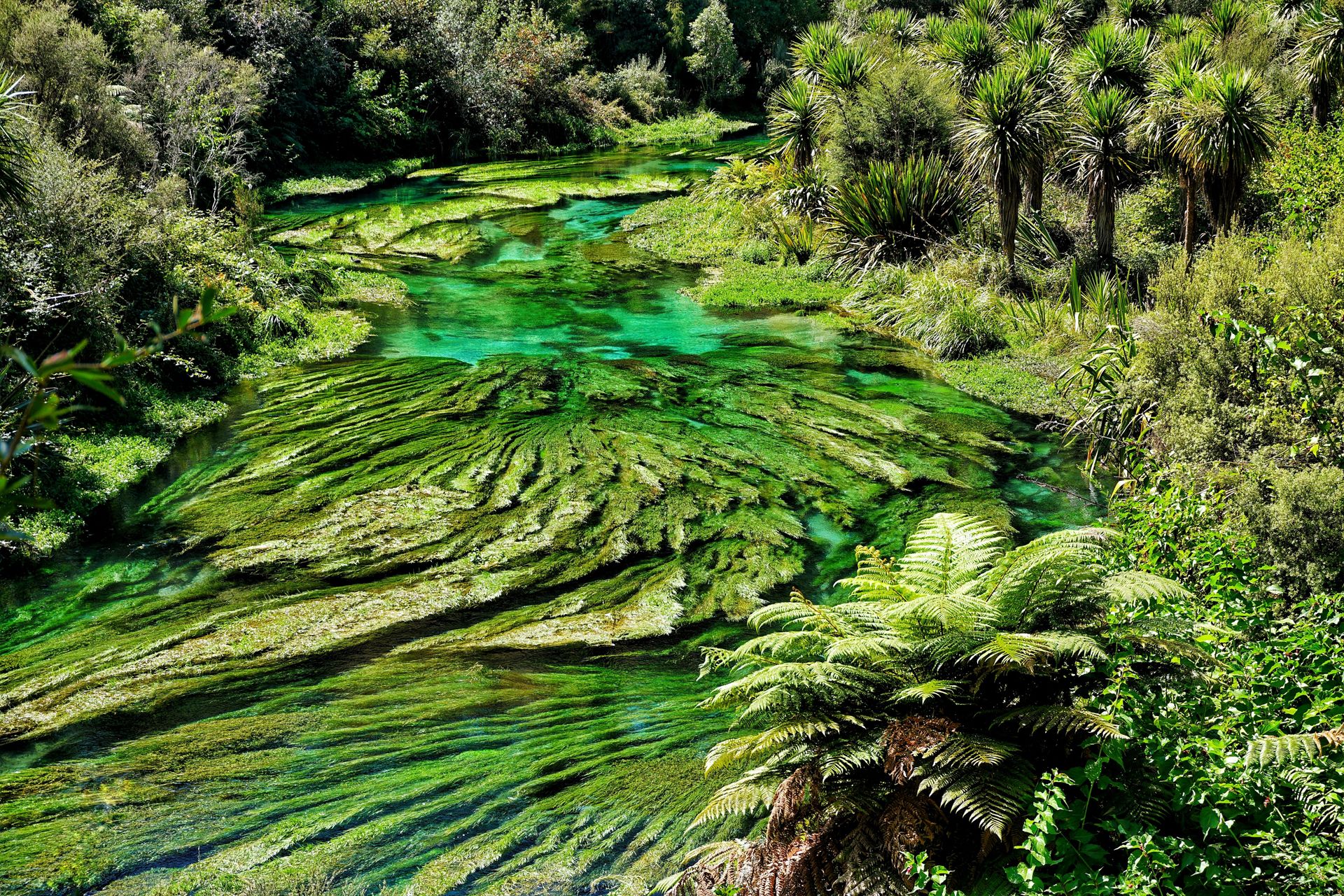
In addition, Natalie took a picture with the oversized statue of the best lemonade in the world, L&P, in the village where it was invented: Paeroa. New Zealand is the land of oversized landmarks, even though no one really knows where this trend originated. So, there is a giant kiwi at the village famous for kiwi harvesting, a huge sheep at a sheep-shearing leisure park, and a giant carrot that nobody knows why it's there.

In the adjacent Karangahake Gorge, we then hiked in the footsteps of the gold miners, as Coromandel was a rich source of this raw material and was overrun and tunneled by many mine workers during the gold rush around 1860. The remains of the tunnels, tracks, and buildings are a paradise for adventure seekers and offer a different hiking experience. So, we walked through a 1 km long old, dark tunnel and crossed several old railway bridges.

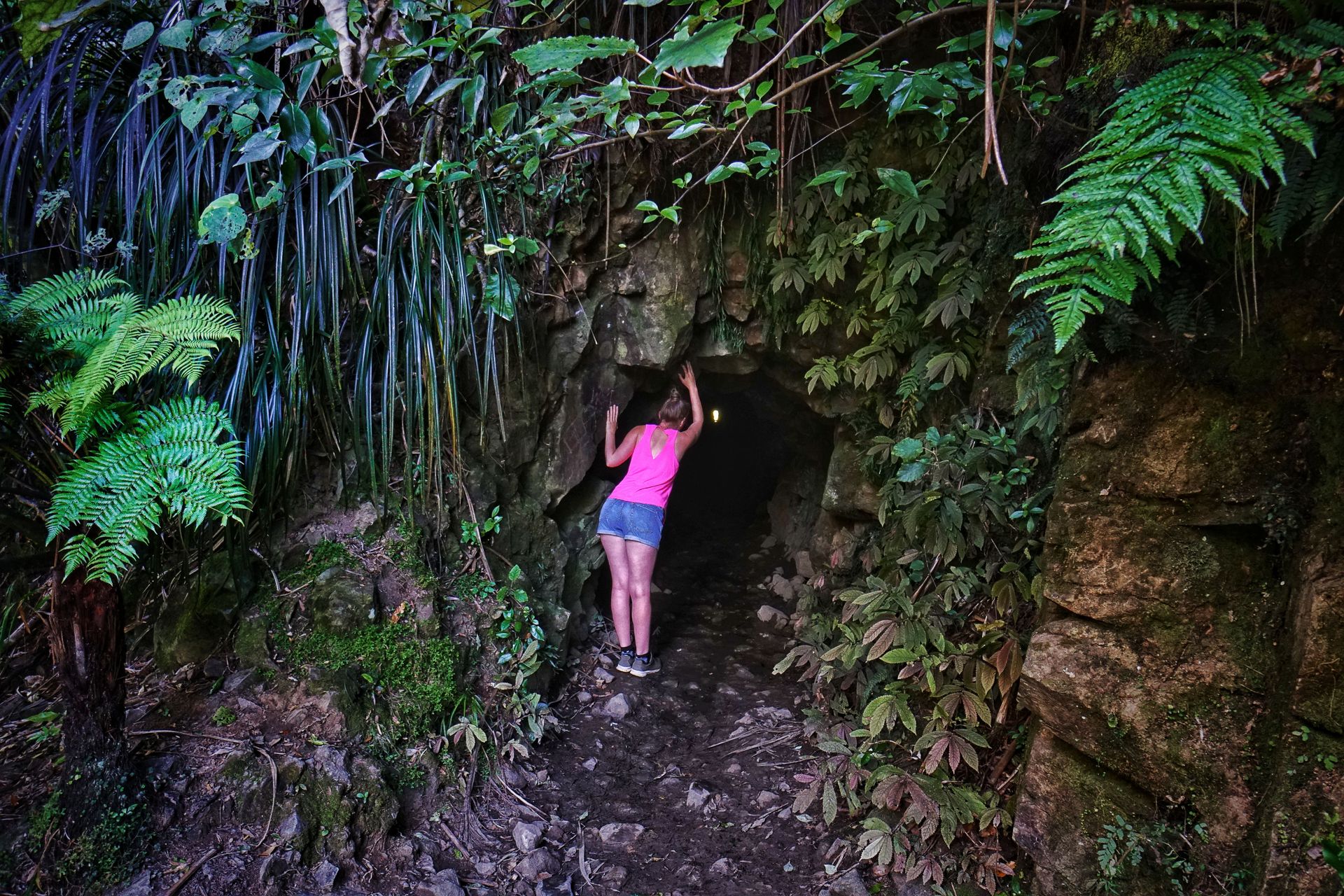
But now let's move on to the next "B" in the headline and thus to what the Coromandel Peninsula is probably best known for: Its beaches. Among them, there is a very unusual beach, the "Hot Water Beach," where you can dig a hole and bathe in hot water at low tide. The reason for this is hot underground streams that come to the surface in a small area of this beach, guaranteeing a spa experience in the great outdoors with a view of the sea. Unfortunately, this absolutely fascinating place has naturally spread rapidly and is probably at the top of every tourist's to-do list, so we shared this experience with about 50 other people in a very confined space. To escape the crowds a bit, we opted for a pool right by the waterfront, and Jan dug like a champion to remove the wet sand and cold seawater from the hole over and over again.
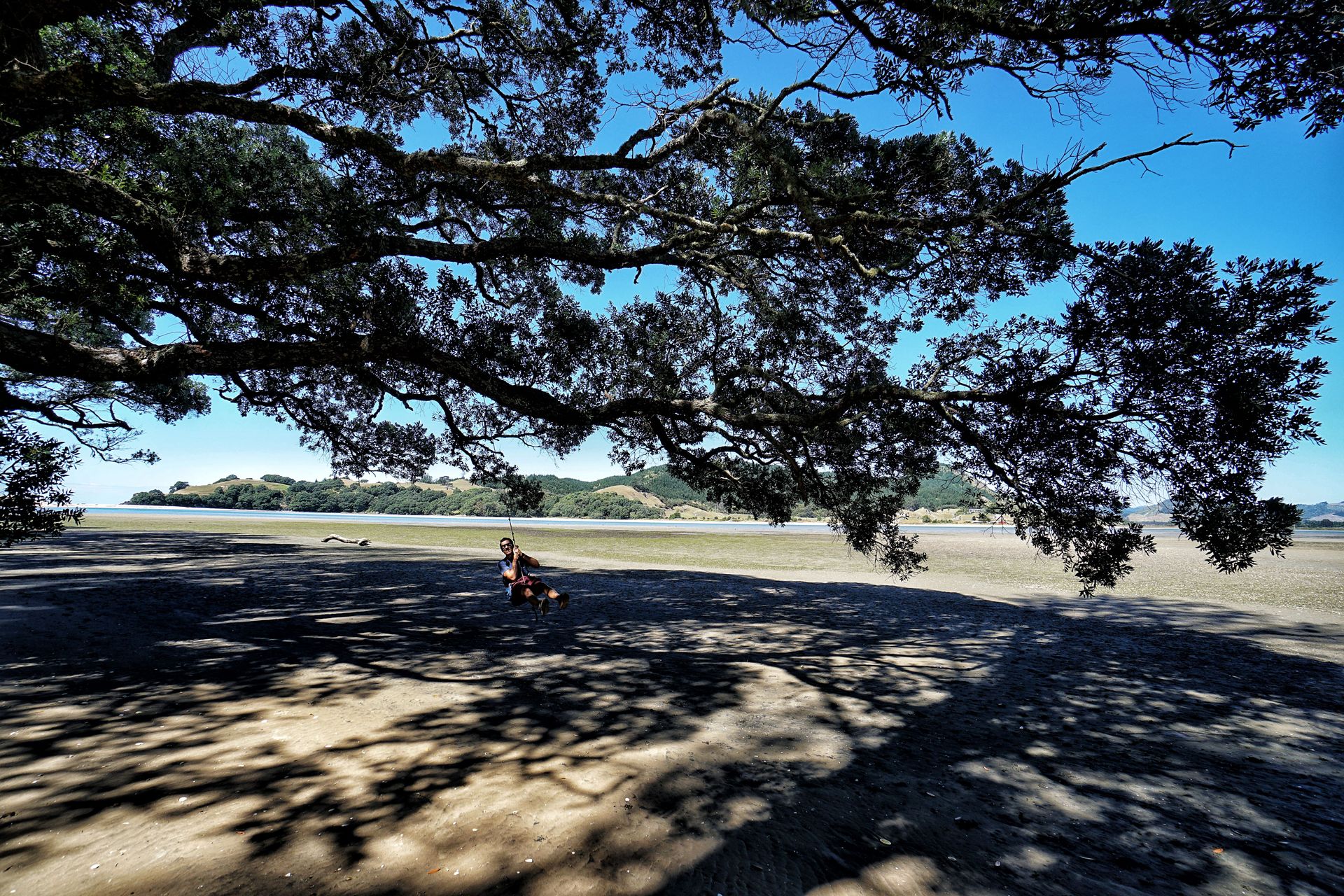


After this fun but very touristy experience, we felt like getting away from it all and set out on the beautiful hike to New Chums Beach. This beach has only gained fame in recent years as one of the most beautiful beaches in the world (don't ask who decides such things, but these awards seem to be very important to New Zealanders and are constantly mentioned). Despite much more famous attractions nearby, such as Hot Water Beach and Cathedral Cove, the beach is relatively secluded and idyllic and invites you to take a walk and climb the lookout mountain. In fabulous weather, we enjoyed the view from above of the bay and watched the waves breaking, a sight that is almost hypnotizing.

We were able to enjoy another great view from the top of Mount Maunganui. This volcano is located at the end of a small peninsula in the sea and offers a 360° panoramic view of the harbor, city, and ocean after a short climb. Definitely one of the best views in northern New Zealand and always worth a hike, especially since you will never have the same experience twice. This time, we watched a paraglider circling above the mountain and were shocked to discover that the rocky ledge where we took a photo on our last visit had collapsed. To cool off after the hike and properly end our beach vacation, we jumped into the not so cold sea and let the big waves roll over us.


We then spent the night at McLaren Falls Regional Park, which opens its gates at night for campers of all kinds and offers beautiful green spaces. During a walk along the lake in the park at sunset, we even discovered a small swan family whose young were only 1-2 days old. However, the absolute highlight of the park was completely unexpected the next morning. We were awakened by a loud siren that usually announces tsunamis. However, since no one on the campground was moving and we were far away from the sea anyway, we thought it was just a drill. The puzzle about the siren quickly became clear as we drove out of the park because the riverbed that was completely dry the day before at the park entrance was now a raging torrent with big waterfalls. The reason for this was that on 26 days a year, the decommissioned waterworks opens its dam again and allows water from a lake to flow through the riverbed. An incredible spectacle and a huge coincidence and luck that we were in the park on that day.
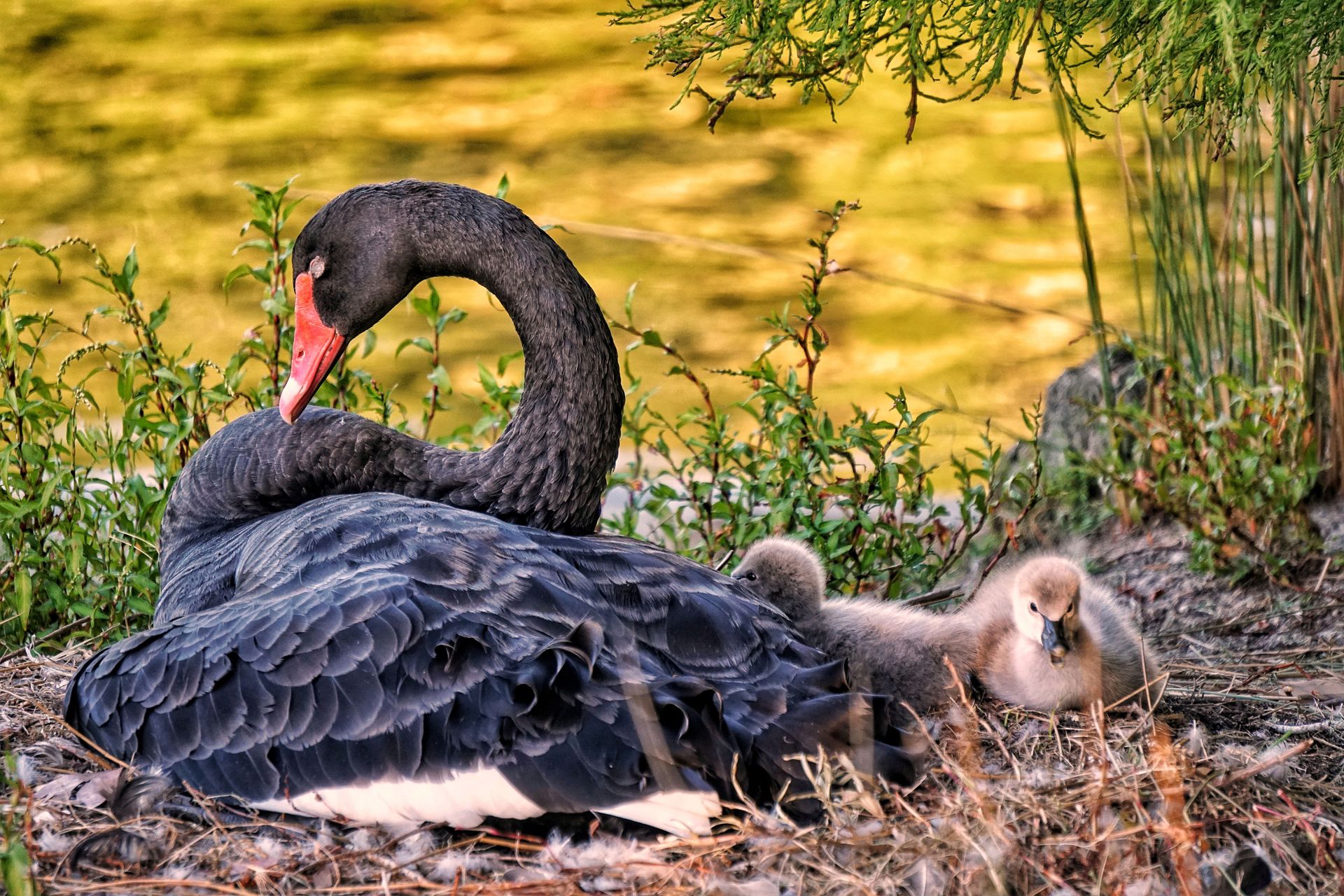
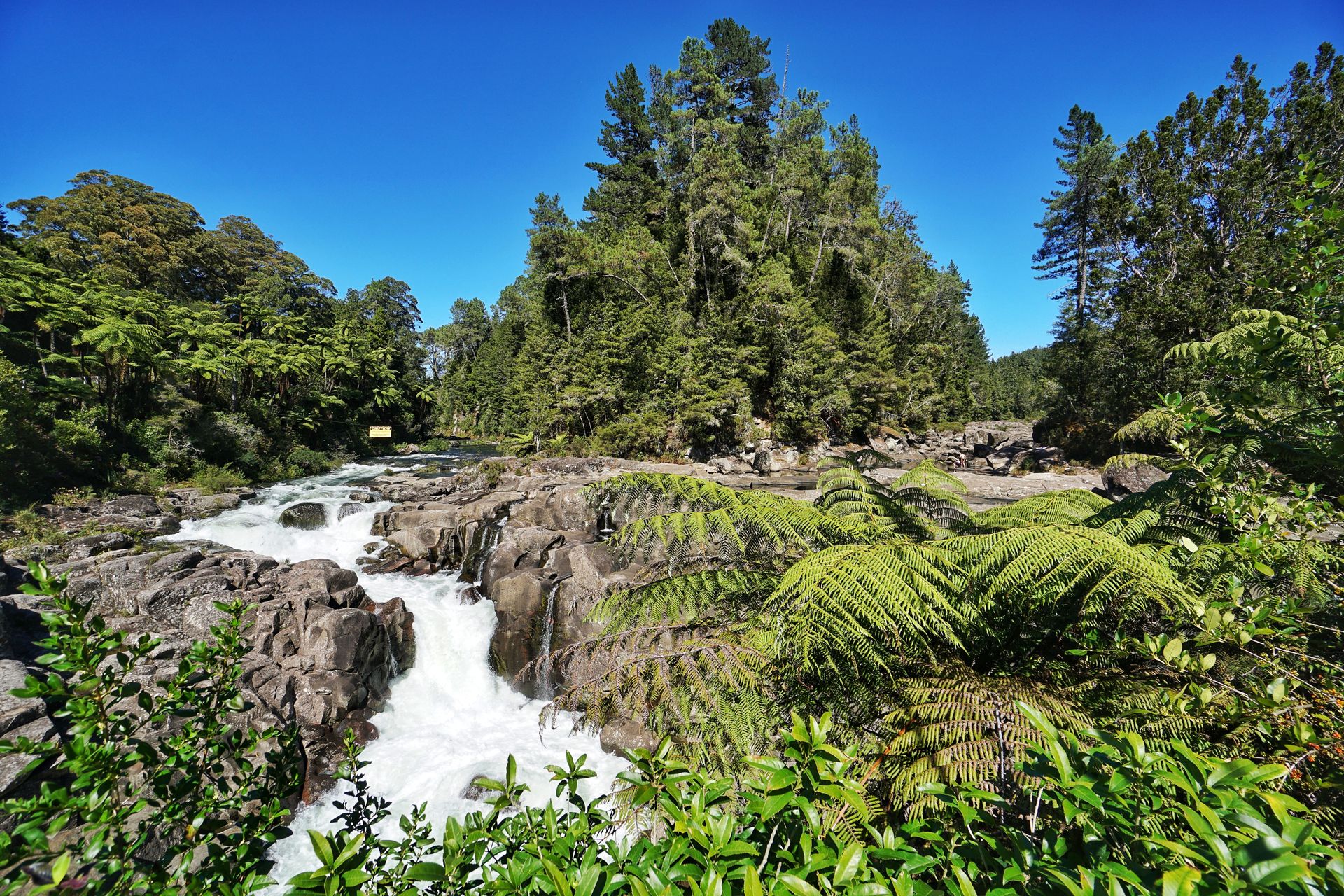
We had had enough of a beach vacation for now and wanted to get closer to the origin of New Zealand. For this, we set off for the center of the North Island, where the always smell of rotten eggs Rotorua is located. At this place, Maori culture and the strongest volcanic activity in New Zealand come together because due to the many hot springs there, the remaining Maori people of New Zealand have settled, especially in the Rotorua area. On the one hand, the Maori see the volcanic activities in the region as sacred because they show the origin and formation of New Zealand, and on the other hand, the strong geothermal heat has always been used for cooking and heating in Maori culture. This region is all the more exciting for visitors because you can visit many Maori sites while enjoying the fascinating and otherworldly nature. We both love the "mud pools" the most, small bubbling mud pits that appear from the ground everywhere in the area. Rotorua also offers a beautiful Redwood Forest, which feels somewhat out of place among all the ferns and palms but couldn't be more beautiful. We could probably have spent weeks in Rotorua and still not have seen everything, but a major disadvantage of this place is that many activities cost a lot of money, so we limited ourselves to the free pleasure of hiking while traveling. In the end, we hiked bubbling mud pools, radiant blue crater lakes, Rainbow Mountain with a view over the entire region, the depths of the Redwood Forest, a lake with many rare birds, a hot river where you can bathe like in a spa, and a Maori village with traditional buildings. Rotorua has a lot to offer, in short.

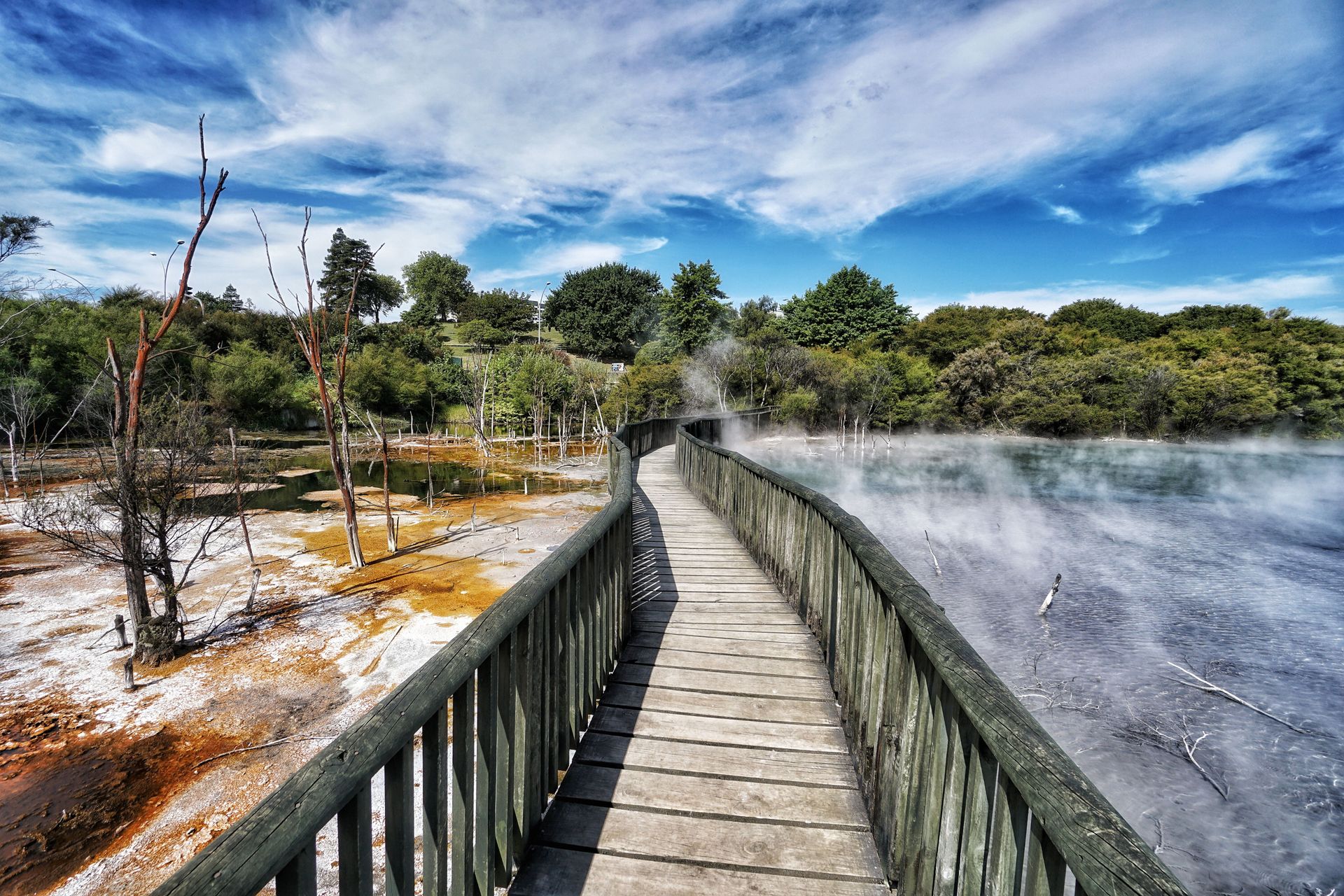
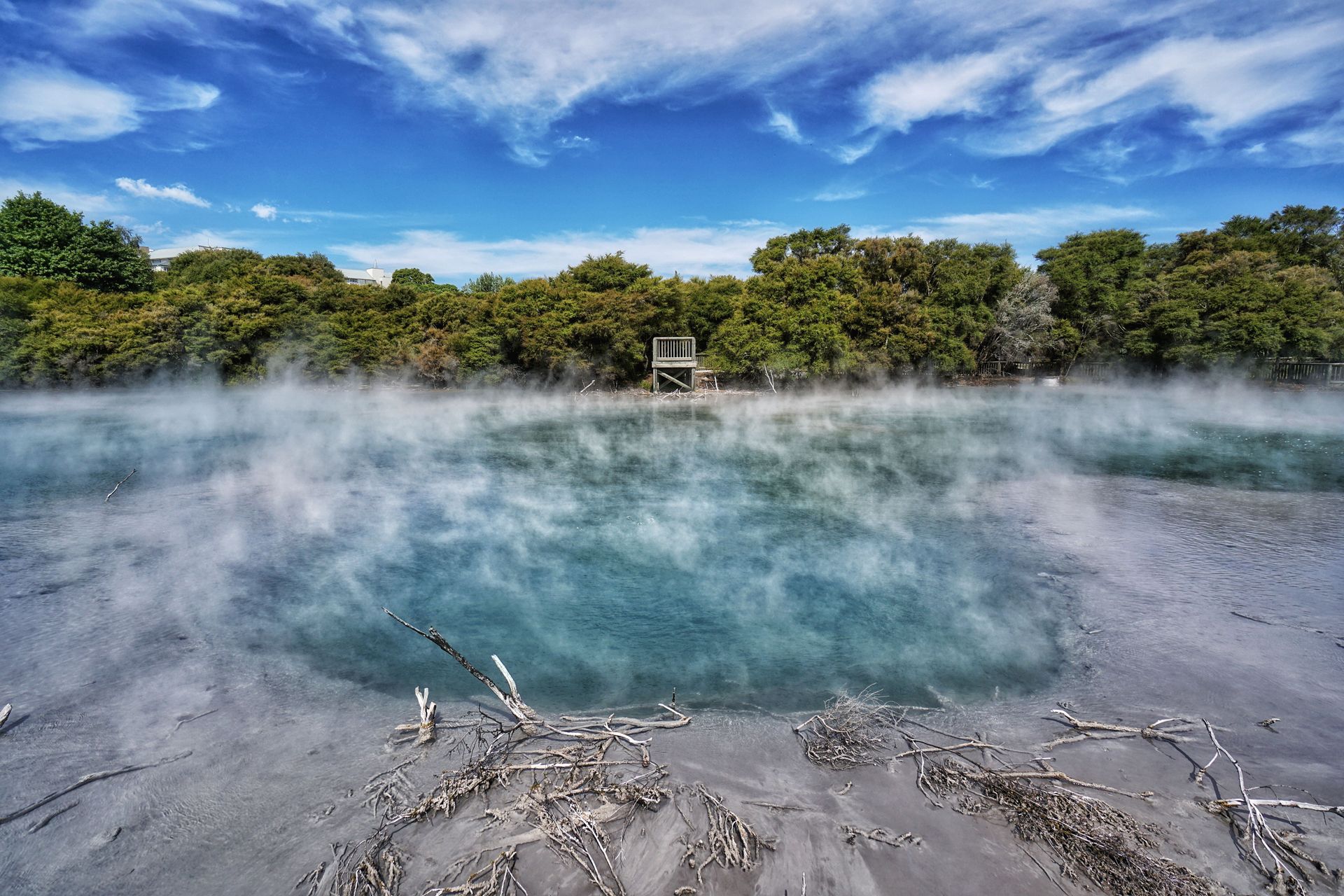
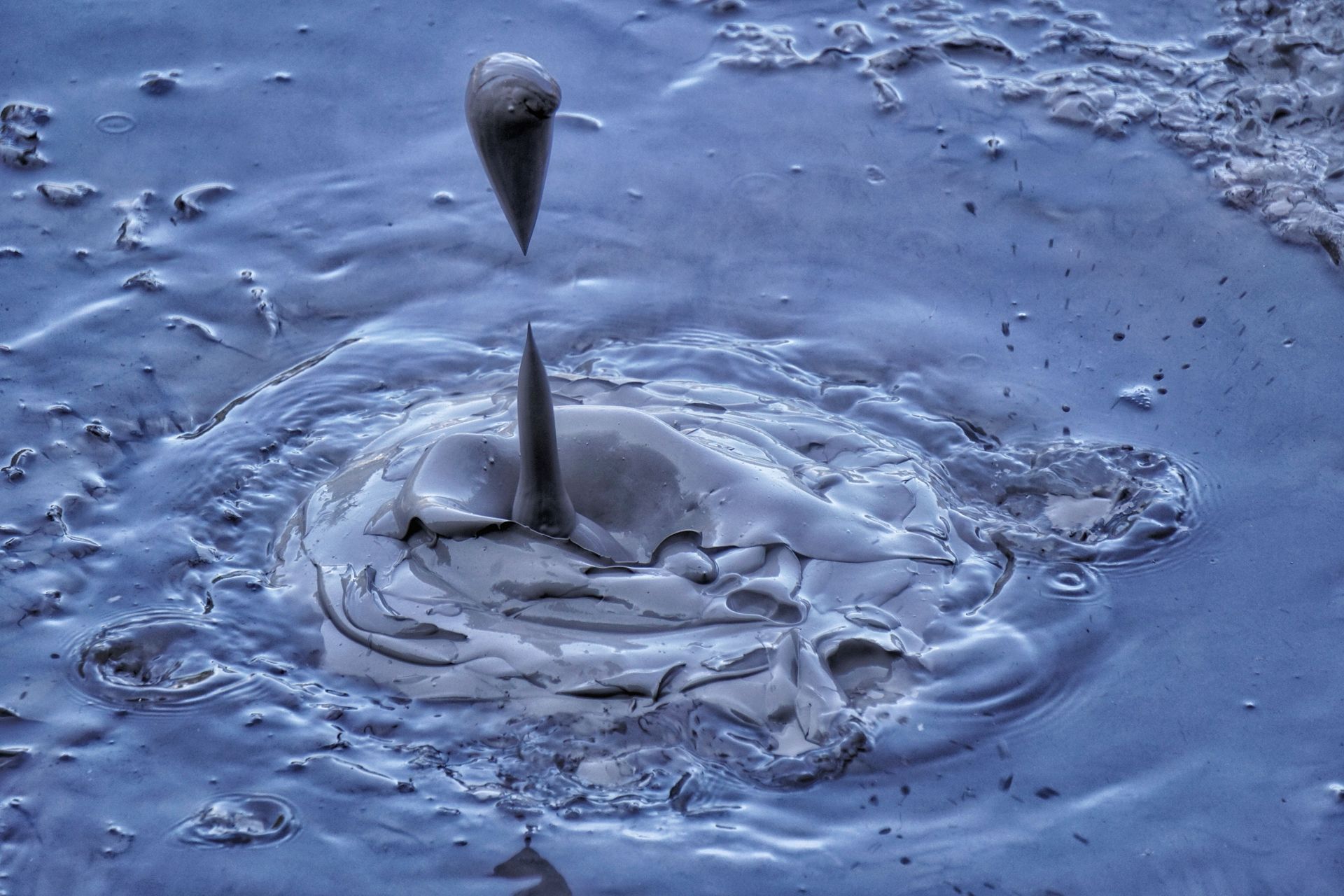
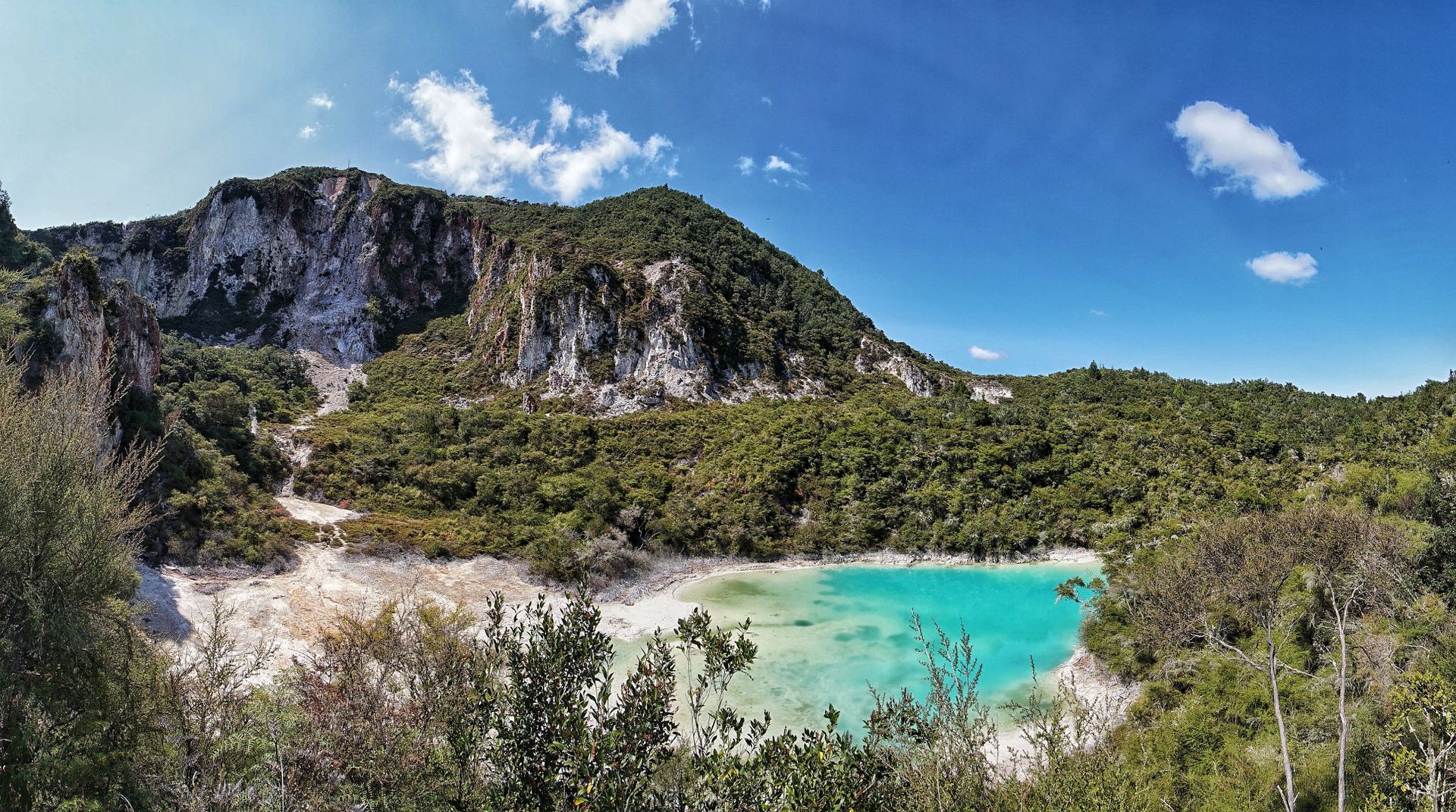


On our way further south, we made a few stops in Taupo and explored the bright turquoise Waikato River, New Zealand's longest river, at several spots. We particularly liked the famous Huka Falls and the Aratiatia Rapids. At the Huka Falls, the raging river is squeezed into a narrow gorge before it shoots over a cliff into a large pool. The amount of water and the force released are truly impressive and intimidating, and it is not surprising that a Maori chief who tried to paddle down this waterfall in a canoe died.
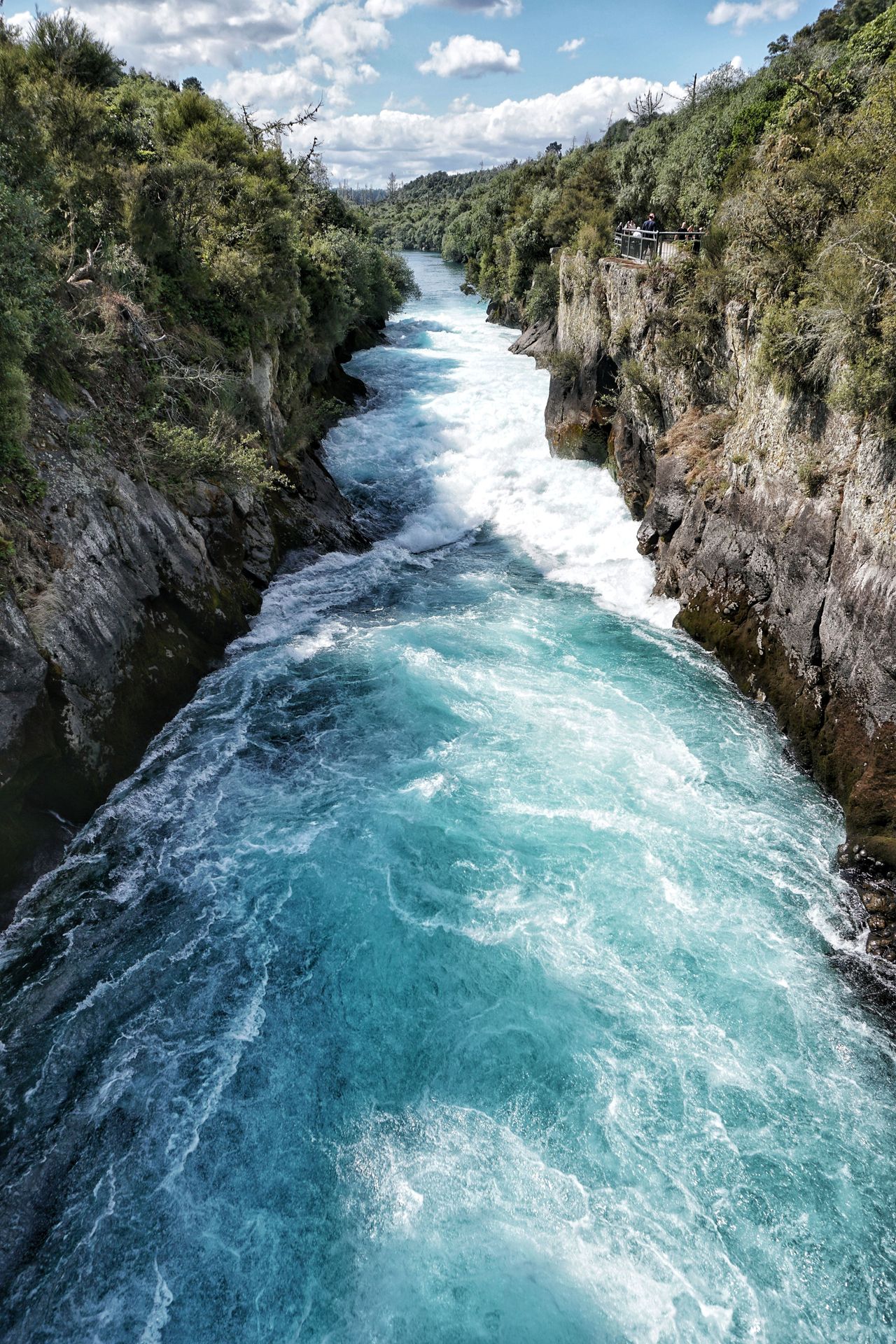
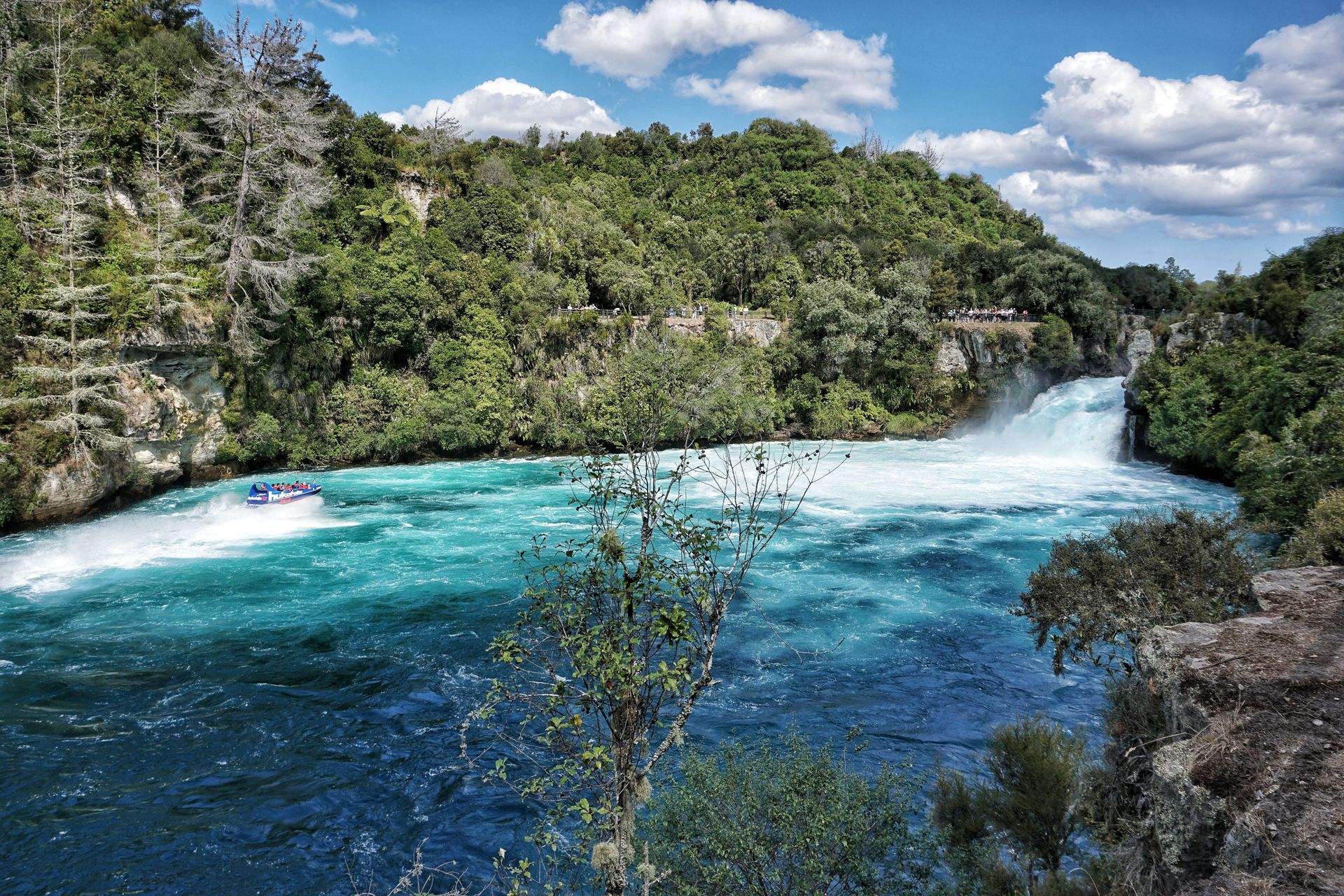
In contrast, the Aratiatia Rapids delighted us with a man-made spectacle: Before a deep gorge, the river is dammed by a hydroelectric power station and is released into the gorge three times a day. For this, the dam is opened, and you can watch in slow motion as the masses of water fill one pool after another and continue to advance into the gorge until it is completely filled with water. When the dam closes again, you can calmly watch as the water drains from the gorge and everything looks as if nothing has happened.
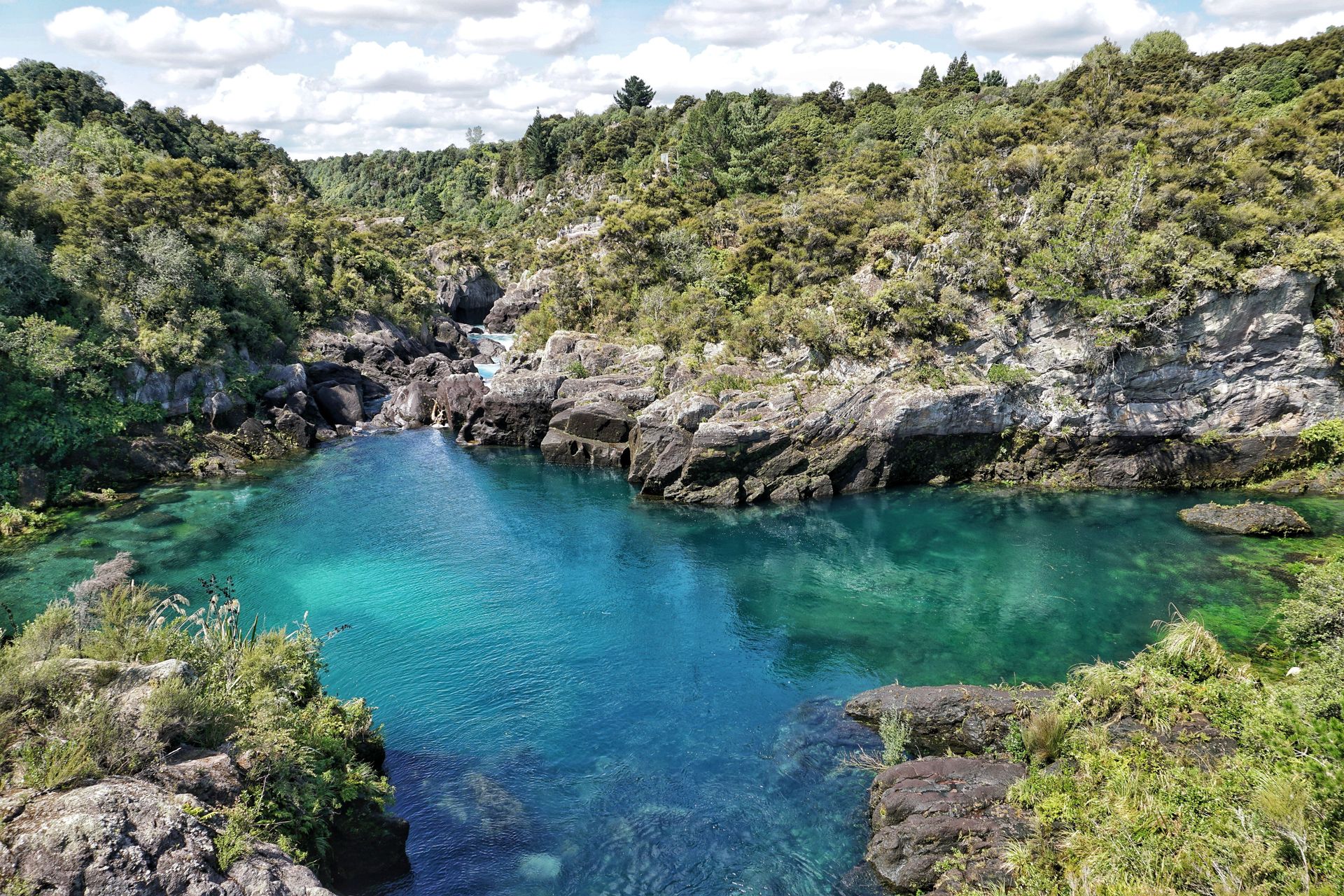
In short, we have experienced a lot in New Zealand and can barely keep up with the blog, but we can reveal one thing: There are still a few beautiful pictures of our next experiences waiting to be uploaded.
Radio song of New Zealand (because we can only listen to the radio in the car and it always plays the same music): Shotgun - George Ezra
Zapisz się do newslettera
Odpowiedź (1)
Dave
Ein perfekter Platz für ein Bier?
Ist woll Hattsteinweier, aber die Hutte ist auch gut.
Wie immer - TOLLE BILDER! Danke für alles.
Raporty z podróży Nowa Zelandia
